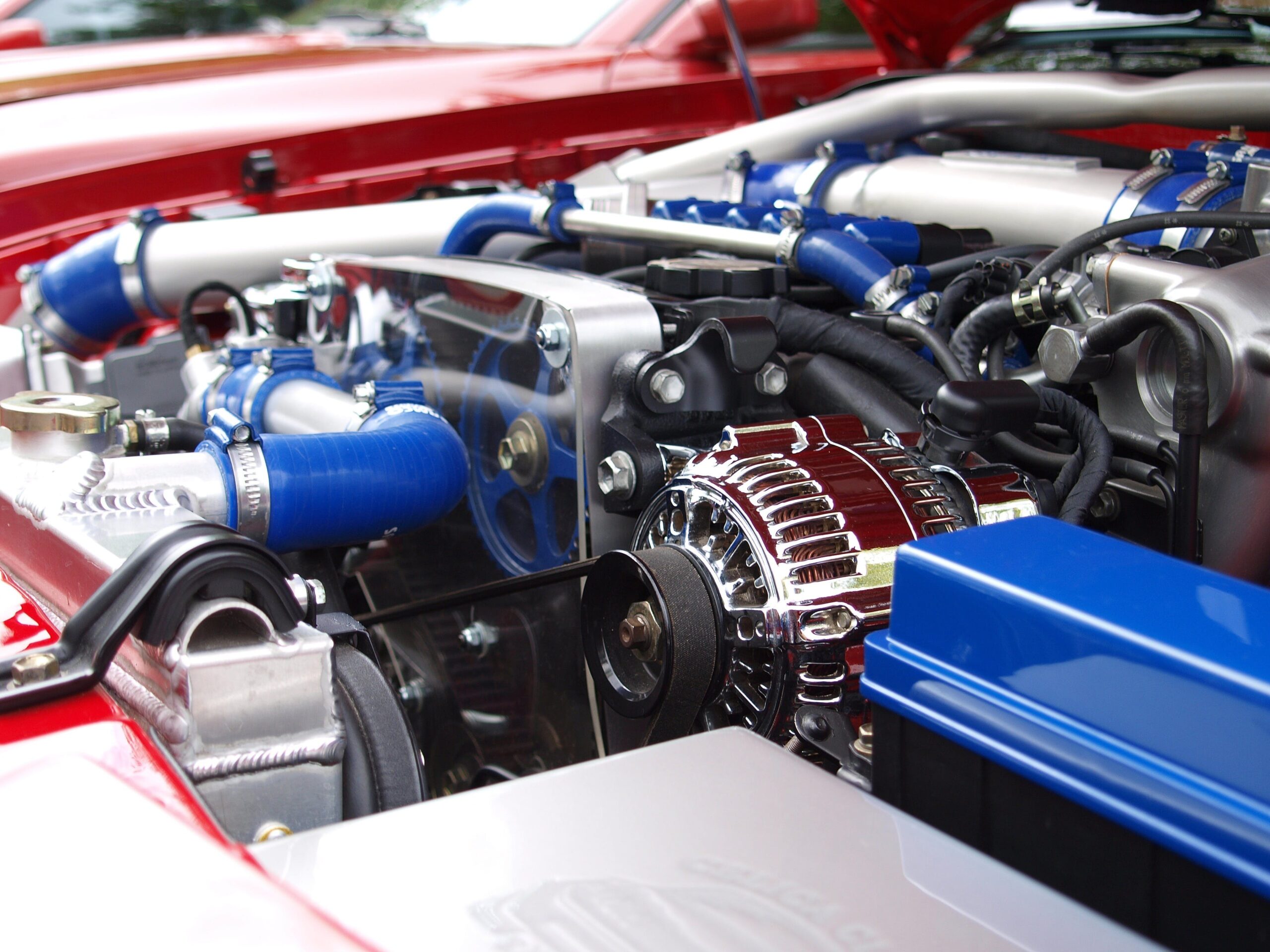Purchasing genuine replacement parts is the best way to ensure your equipment remains functional for the long term. While these genuine OE parts cost more than aftermarket parts, they are ultimately more affordable in the long run.
In comparison, aftermarket parts are cheaper but may only last for a short time. This can be a problem if you need to use you’re the correct replacement part for your equipment.
Performance
The parts that come with your equipment have been designed and tested to work together. That’s something non-genuine or counterfeit parts can’t offer. This reduced risk can save your equipment from damage, allowing the machine to operate as it should.
Using genuine parts can also increase your return on investment because they’re more likely to last longer than non-genuine or counterfeit ones. This can reduce further breakdowns and lost business, avoiding unseen costs.
Genuine Replacement Parts offers a wide selection of OEM replacement and other used parts. Each type of part has its advantages and can serve a specific purpose. It’s essential to choose the right one to fit your fleet, and that’s why our experts are here to help.
Fit
Unlike generic parts, genuine parts are designed for specific machinery. This ensures they fit seamlessly into the equipment and work harmoniously with other components to promote efficiency. In contrast, non-genuine parts can cause problems that result in costly downtime or damage to other systems.
For this reason, it’s essential to choose genuine replacement parts for your machines from a reputable seller. Look for policies like a warranty and return policy that indicate the retailer takes quality seriously. Also, ensure the parts you purchase are OE or OEM parts to ensure they are high-quality. This will ensure that your equipment works as it should and reduce costs. In addition, you’ll be protecting your investment and increasing the overall value of your machine.
Safety
Using non-genuine parts can affect the functionality of a machine, leading to more breakdowns, lost business opportunities, and increased repair costs. On the other hand, Genuine parts are tested to fit and work correctly into the equipment – reducing downtime, increasing productivity, and lowering the overall cost of ownership.
OEM parts are subjected to rigorous testing before they’re sold. Crash tests, extreme temperatures, bone-shaking bumps, and more are all included to ensure that any replacement part meets automotive standards for safety.
Retailers can reinforce the importance of using genuine replacement parts to maintain warranty protection and improve retention rates and customer satisfaction. They can also highlight the value of longevity, reliability, and warranty protection compared to cheap, third-party alternatives.
Warranty
A guarantee or warranty is a statement from a seller stating that they have confidence in the quality of their product and are willing to take responsibility if it doesn’t meet expectations. They also serve as a means of consumer protection and provide a legal framework to resolve disputes and issues.
Whether you are shopping for parts to replace worn-out components or need new replacements for your equipment, it is essential to consider the quality of each option. A genuine part is crafted and designed by the manufacturer that makes the original piece of machinery, meaning it will fit exactly as it should and function correctly. This is an excellent way to reduce safety concerns and ensure your equipment runs correctly.
Value
Using genuine replacement parts can add value to customers’ cars, and car dealers can reinforce this message by emphasizing the longevity and resilience of OEM parts. By promoting the quality of these components – designed for specific makes and models and ensuring optimal performance, safety, longevity, and warranty protection – dealerships can improve customer retention rates and satisfaction levels and drive high-quality vehicle repair and service sales. Cars repaired with genuine OEM parts will also likely retain higher resale values.
